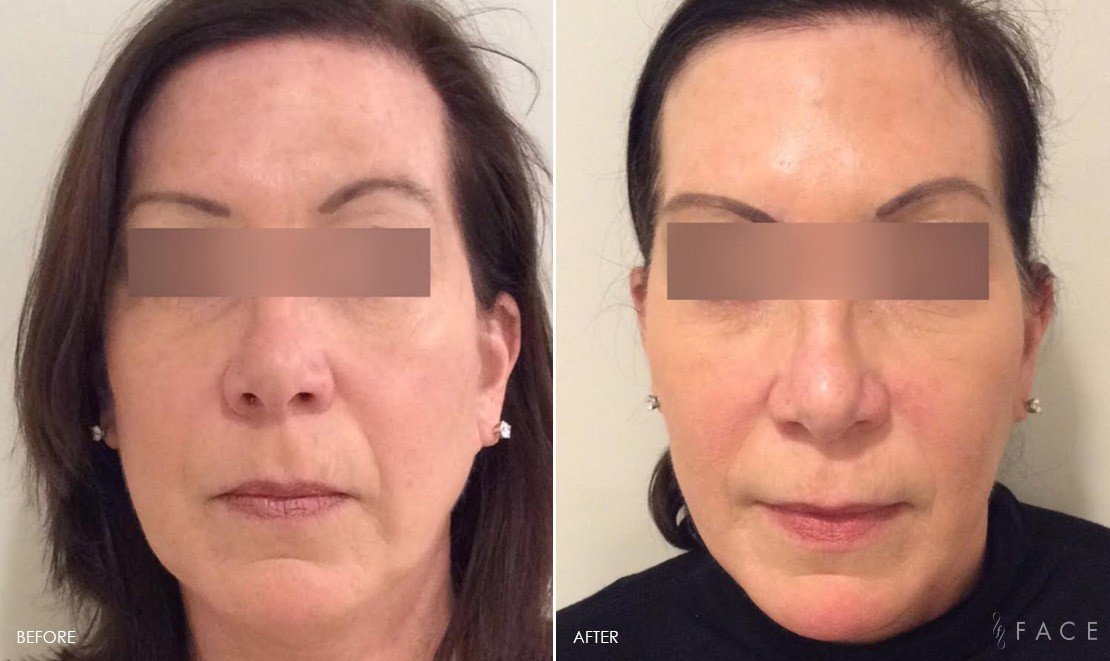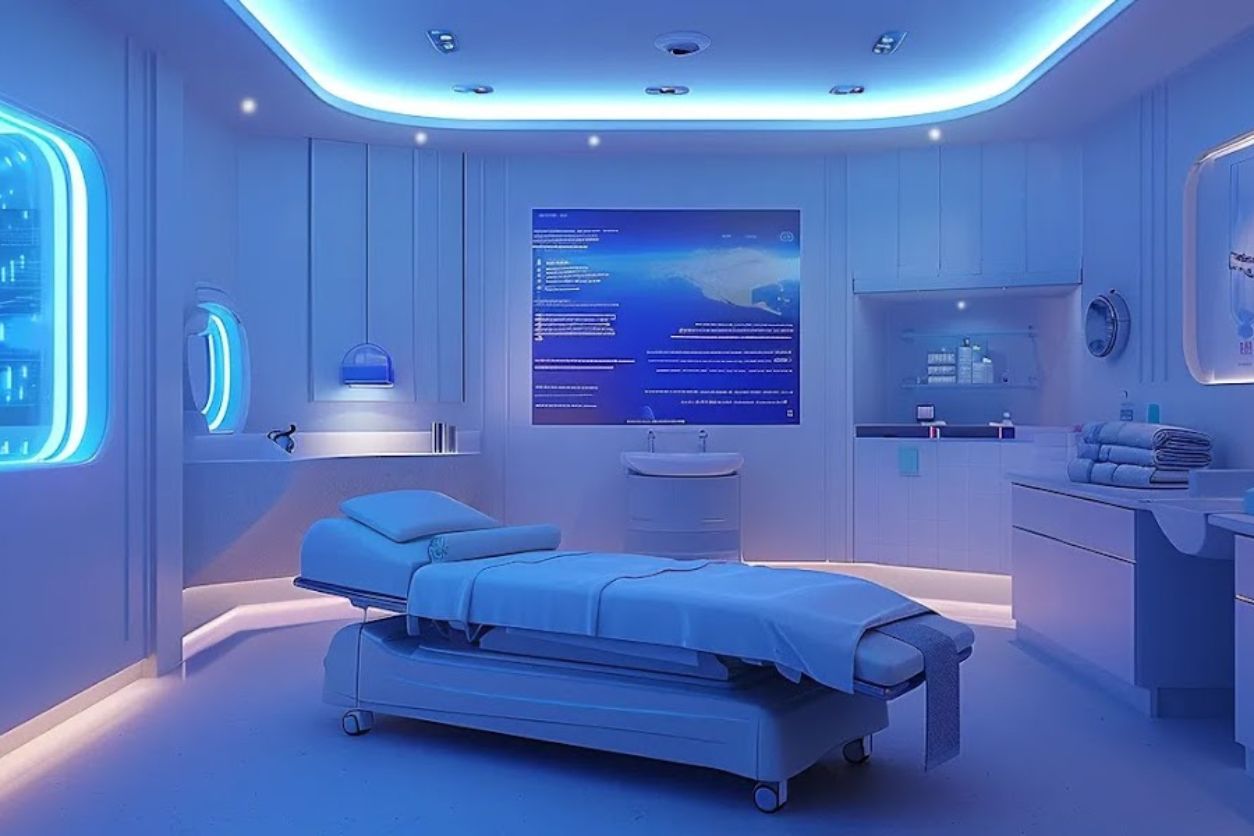BOTOX® COST AND PRICING FACTORS
The cost of Botox® depends on a variety of different factors. For instance, you might find that the cost differs depending on the region you’re in and the skill and experience of the provider you choose. It’s important to note that the cheapest service is not always going to be the best option as you could find that there is a low level of quality. It is also going to depend on what you want to achieve with your Botox® treatment. We will always charge by the unit and not the area, so you just pay for what you need.
At FACE Skincare~Medical~Wellness our professionals can correct a wide range of issues. Fine lines can cost up to $500 to correct depending on the severity of your condition and the experience and training of your provider. Remember, when you use a quality Botox® solution, and not over diluting, the results will often last far longer. If you are just starting out or have little correction it could be a couple hundred or less. We also use Allē, as well as have membership discounts to help you never pay full price for beauty.
Breakdown of Botox Costs by Treatment Area
The cost of Botox varies based on the treatment area. Different areas of the face require different amounts of units, and the total cost is determined by the number of units injected.
For the forehead, about 12 to 20 units are typically used. With prices ranging from $10 to $20 per unit, a forehead treatment can cost between $120 and $400.
When treating crow’s feet, around 10 to 24 units are usually needed. This can result in a total price of $100 to $480, depending on the amount of product used.
Frown lines (also called glabellar lines), located between the eyebrows, require 15 to 25 units. This treatment can range from $150 to $500, depending on how many units are necessary.
This method of pricing allows patients to only pay for what they need. It also helps in planning the exact cost for treating specific areas.
Average Botox Cost Per Unit
The cost of Botox is generally calculated per unit. The price per unit varies depending on factors such as the location of the clinic and the provider’s experience.
On average, Botox costs between $10 and $20 per unit. Some providers in high-demand areas may charge closer to the upper end of that range.
For most facial treatments, 20 to 40 units of Botox are used. For example, if 30 units are required at a cost of $15 per unit, the total price would be $450.
This pricing system gives patients a clear understanding of how much they will pay based on the number of units needed for their specific treatment.
Location-Based Price Variation
The cost of Botox can vary widely depending on where you live. Clinics in major cities or regions with a higher cost of living generally charge more per unit.
For example, in cities like New York or Los Angeles, Botox might cost between $15 and $25 per unit. Meanwhile, in smaller towns or rural areas, the price can be as low as $10 to $15 per unit.
This variation is largely due to differences in rent, wages, and demand in different areas. Patients should take this into account when planning their treatments.
It’s always a good idea to check local providers to compare prices and see what fits your budget.
Detailed Cost Factors
Several factors influence the cost of Botox treatments beyond just location and units used. One of the main factors is the provider’s experience. Board-certified dermatologists or plastic surgeons may charge higher prices due to their expertise and specialized training.
The quality of Botox used can also impact the price. Providers offering undiluted, high-quality Botox may charge more, but the results tend to last longer, offering better value in the long run.
Additionally, the severity of wrinkles or muscle strength can affect how many units are needed. Patients with deeper lines may require more units, which increases the cost.
Patients should weigh these factors when considering treatment to make sure they’re getting both safety and value.
Alternatives to Botox (Other Neurotoxins)
While Botox is the most well-known neurotoxin, there are other options available that may fit your needs or budget. Dysport, Xeomin, and Jeuveau are popular alternatives that work in a similar way by relaxing facial muscles to reduce wrinkles.
Dysport often spreads more quickly than Botox, making it ideal for larger areas, and it’s usually slightly cheaper, with costs ranging from $4 to $8 per unit. Xeomin, which contains fewer additives, is a good option for patients who develop antibodies to Botox, and its price is comparable at $10 to $15 per unit.
Jeuveau is a newer product that has been called “Newtox.” It’s often used for cosmetic purposes and priced similarly to Botox.
These alternatives provide flexibility and can be discussed with your provider to find the best option based on your needs and goals.
How Long Botox Lasts
The effects of Botox generally last between 3 to 6 months, depending on the individual and the area treated. For most patients, results begin to fade after about 4 months.
Factors such as muscle strength, metabolism, and the amount of Botox used can influence how long the results last. For example, those with stronger muscles or faster metabolisms may need more frequent treatments.
Some patients, especially those who have been getting Botox for a while, may experience longer-lasting results as their muscles become conditioned to the treatment.
Scheduling follow-up treatments before the effects completely wear off can help maintain smoother skin for longer periods.
Botox Aftercare Tips
After receiving Botox, it’s important to follow a few simple aftercare guidelines to maximize the results and minimize side effects.
Avoid lying down or bending over for at least 4 hours after the injection. This helps prevent the Botox from spreading to unintended areas.
Steer clear of facial massages or vigorous skin care treatments for the first 24 to 48 hours, as these can affect how the Botox settles in the muscles.
Limit exercise for a day, as increased blood flow can reduce the Botox’s efficacy. Additionally, avoid alcohol for the first 24 hours, as it can increase the risk of bruising.
Following these aftercare tips will help ensure the best results from your Botox treatment.
Potential Side Effects of Botox
Botox is generally safe, but like any treatment, it can have some side effects. The most common include bruising, swelling, and redness at the injection site. These usually resolve within a few days.
Less common side effects may include headaches, ptosis (drooping eyelids), or minor muscle weakness near the injection area. These effects are temporary and often clear up within a couple of weeks.
In rare cases, patients may experience allergic reactions or more serious side effects like difficulty breathing or shortness of breath. It’s crucial to consult with a qualified physician if you experience any unusual symptoms after your treatment.
Understanding the potential side effects helps patients prepare and know when to seek further medical advice.








